With the view that ticket prices must be competitive with aviation and affordable for the majority of people, the North-South high-speed railway is expected to compete directly with the aviation industry in the future.
The highest class ticket is only 75% of the airfare.
According to the draft report of the Ministry of Transport , the expected ticket price of the North-South high-speed railway (HSR) is about 75% of the average ticket price of low-cost and economy-class airlines. In particular, each kilometer of first-class ticket is expected to be 0.18 USD (VIP compartment), 0.074 USD for second-class and 0.044 USD for third-class. Thus, the Hanoi - Ho Chi Minh City route is 1,541 km long, the first-class high-speed train ticket is about 6.9 million VND/way; 2.9 million VND/way and 1.7 million VND/way for third-class.High-speed rail is predicted to compete very well with aviation.
Graphic photo: Ministry of Transport
Ticket prices may continue to drop
Dr. Pham The Anh, Chief Economist of the Institute for Economic and Policy Research, analyzed: Vietnam's current per capita income is 3,000 USD/year. In about 30 years, if the current optimistic growth rate of 7%/year is maintained, per capita income may reach approximately 20,000 - 25,000 USD/year, still not reaching the income level of Japanese people who choose to travel by Shinkansen high-speed train every day. Therefore, the demand for high-speed train travel may be very low. However, in the recent period, aviation has had many fluctuations, airfares have increased too much, combined with weak infrastructure connecting to the airport, causing the travel time from home to the airport by road to be longer. Not to mention the increasingly common situation of flight delays. The journey from Hanoi to Ho Chi Minh City may take 4 - 5 hours, which is only about 1 - 2 hours faster than the high-speed train (in the future). Meanwhile, the train is more spacious, more comfortable, and ensures punctuality. "Air travel is increasingly tiring for people, especially for flights that take off during rush hour. Therefore, if the high-speed train can ensure a lower ticket price, about 2.5 - 3 million VND/round trip, the ability to compete with aviation is very good, even aviation will fall into a dangerous situation. Of course, the high investment rate and low ticket price mean a very high risk of loss, but with the current state of aviation, this risk will be greatly reduced. High-speed trains will also attract people's travel and tourism needs, instead of letting them switch to traveling abroad as they do now," said Dr. Pham The Anh. Agreeing, economist Nguyen Tri Hieu also said that the competitiveness of high-speed railways with aviation is real, based on advantages such as guaranteed train running time, convenient access to stations, more experiences of natural landscapes and amenities, and good services equivalent to airplanes. In addition, having high-speed railways will solve the problem of freight costs, logistics costs, raise the country's position, promote Vietnam's image in the international arena, thereby opening up many new opportunities for economic development. However, Dr. Nguyen Tri Hieu is concerned that if the implementation and management stages of the project lead to capital increase, the total investment increases by at least 20% (like most transport infrastructure projects in recent times), the ticket price will certainly be high, even more expensive than airfare . "Therefore, the Government needs to carefully calculate the loss compensation problem, have incentive programs to ensure competitive ticket prices while the operation of railway operators must still be effective. In the long term, high-speed railways will be a more popular means of transport than airplanes, so it is best to reduce prices to about 50% of the price of air tickets," Dr. Nguyen Tri Hieu proposed. Dr. Huynh Thanh Dien (Nguyen Tat Thanh University) said that Vietnam's terrain stretches between the two ends of the country, so the demand for travel and freight transport is very large. This is different from many countries with other shapes. In principle, the higher the demand, the lower the cost per unit of product. High-speed railway tickets are always cheaper than airplanes, which is the first advantage to bring about competition and attract passengers. With freight transport, there are many types of goods that need to be transported quickly, with little loss, businesses will also prioritize choosing high-speed railways. "We can consider separating the investment in road surface or infrastructure from the cost of purchasing train cars, personnel for operation..., only depreciating the cost of purchasing train cars, receiving operation to calculate into the ticket price. Similar to the previous state-invested traffic routes, there is no fee for people to use because it serves the socio-economic development of the country. Investing in high-cost railways is not only financially effective but also takes into account the socio-economic efficiency for the country," Mr. Dien emphasized. If we separate the cost of building infrastructure such as railways and the cost of equipment and operating personnel to calculate the structure into the most competitive ticket price, the exploitation will bring high efficiency when the number of people using it increases, contributing to promoting economic growth in the long term. Dr. Huynh Thanh Dien (Nguyen Tat Thanh University)
Thanhnien.vn
Source: https://thanhnien.vn/duong-sat-toc-do-cao-bac-nam-suc-bat-cho-kinh-te-viet-nam-doi-thu-dang-gom-cua-hang-khong-185241010222747844.htm

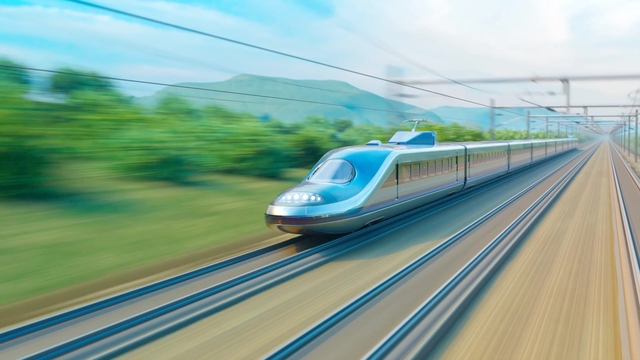










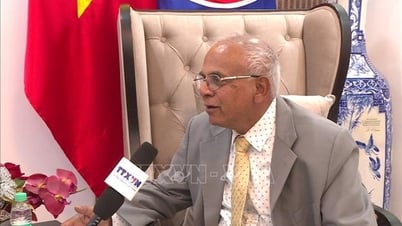

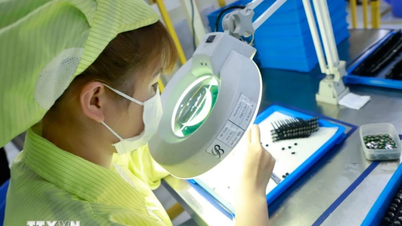





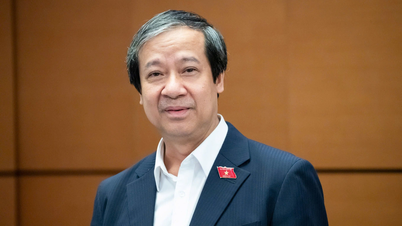

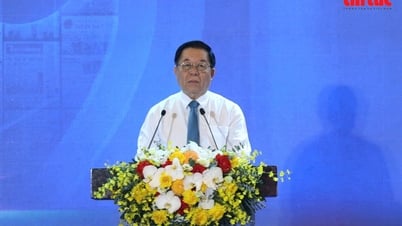

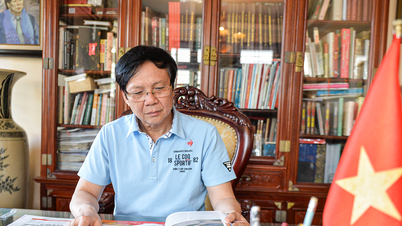
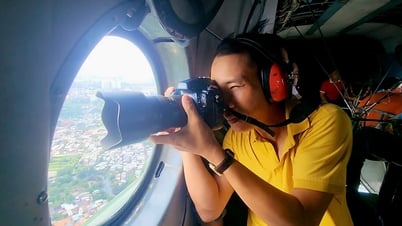
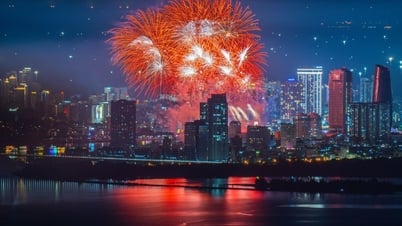

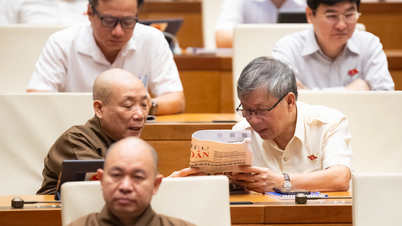




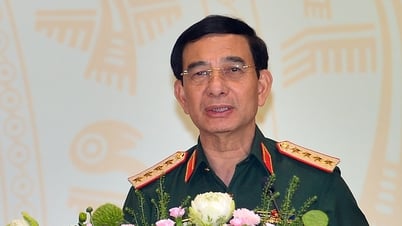
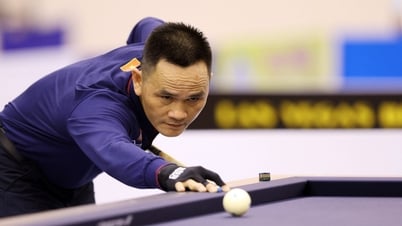
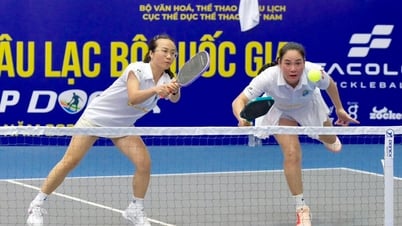




















































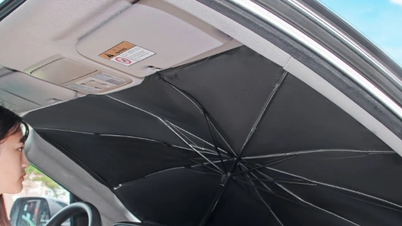

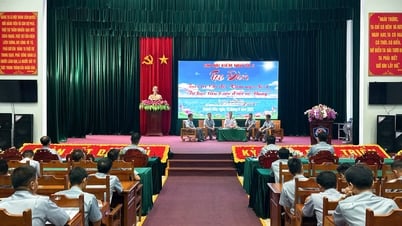


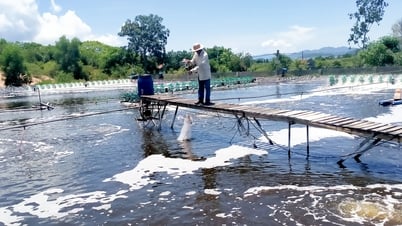
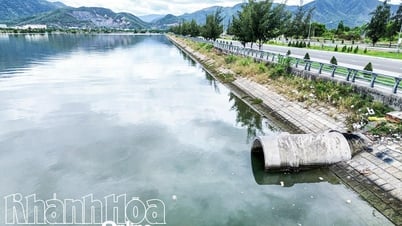











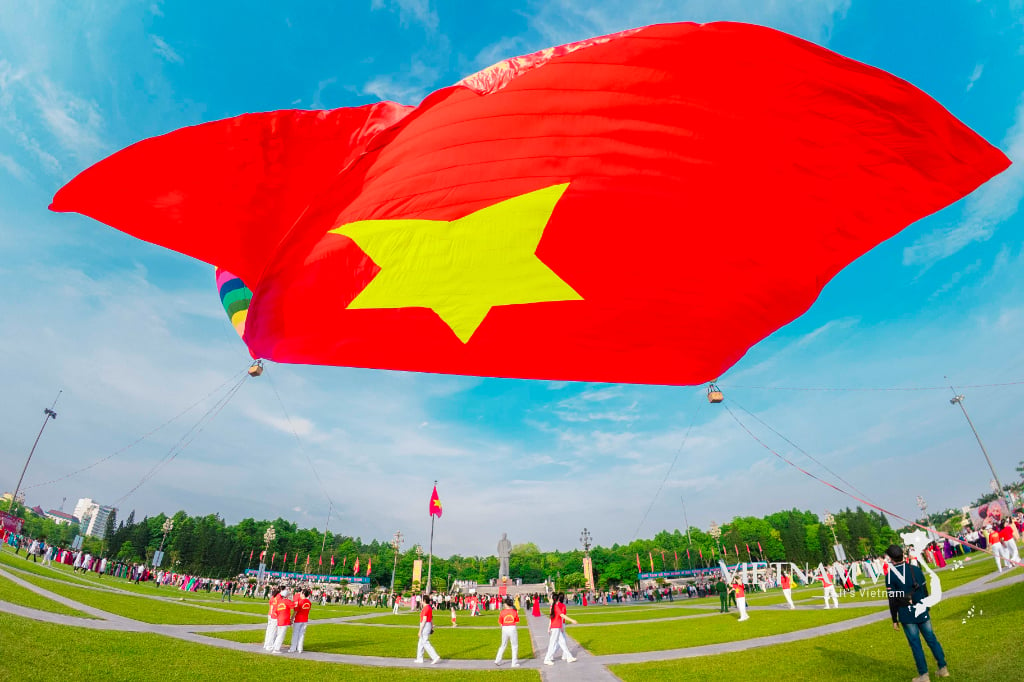

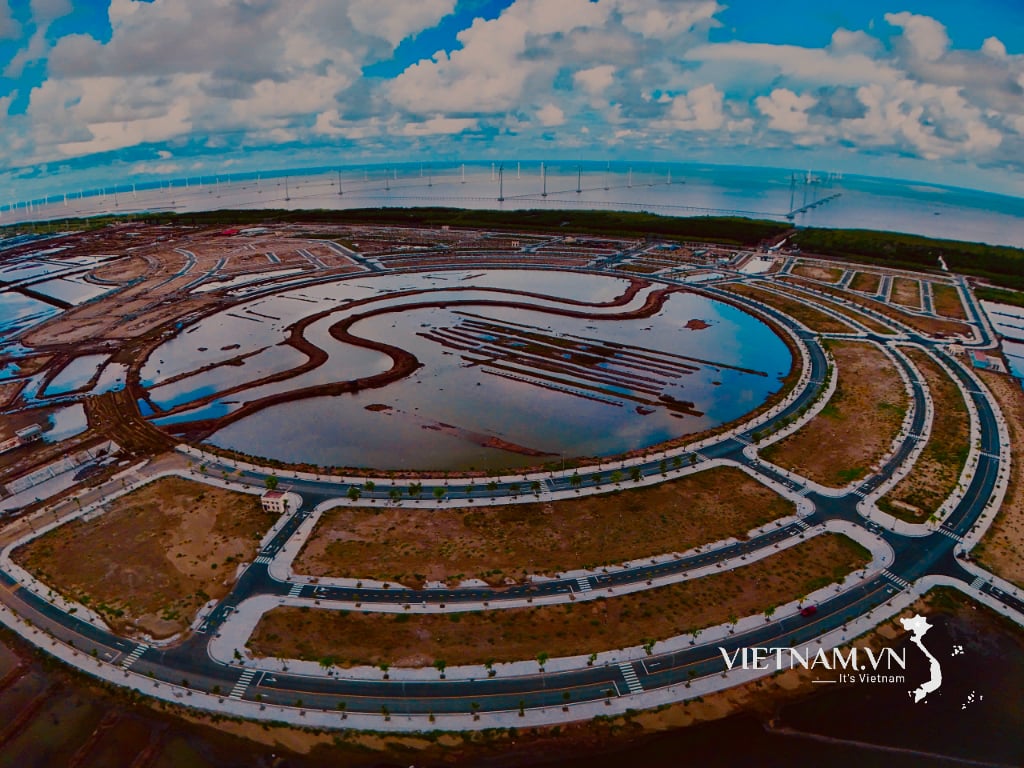
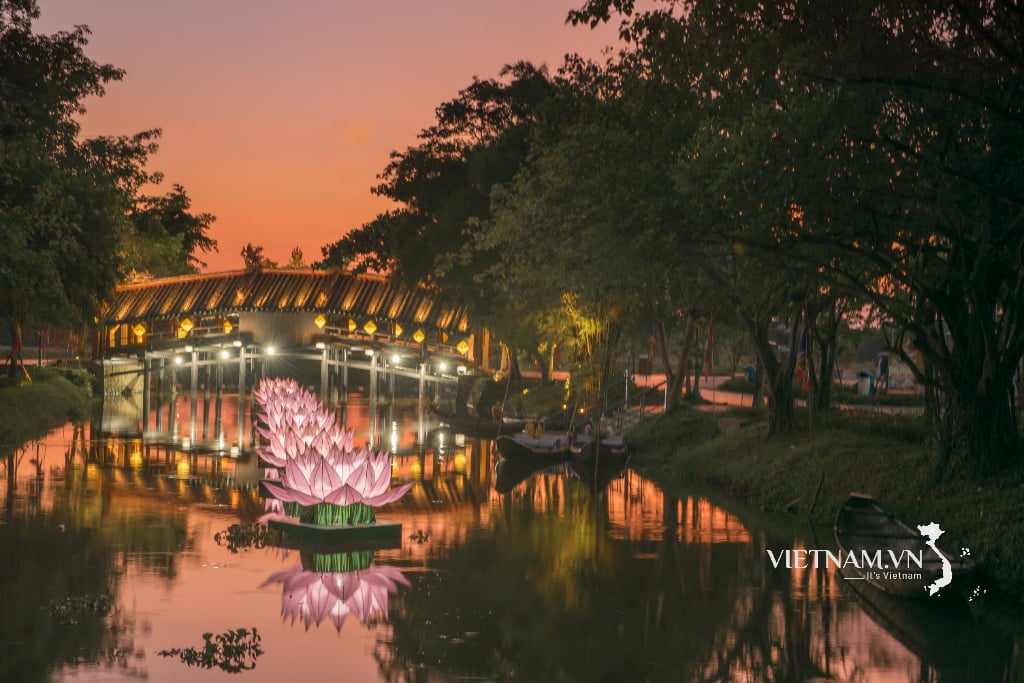
Comment (0)